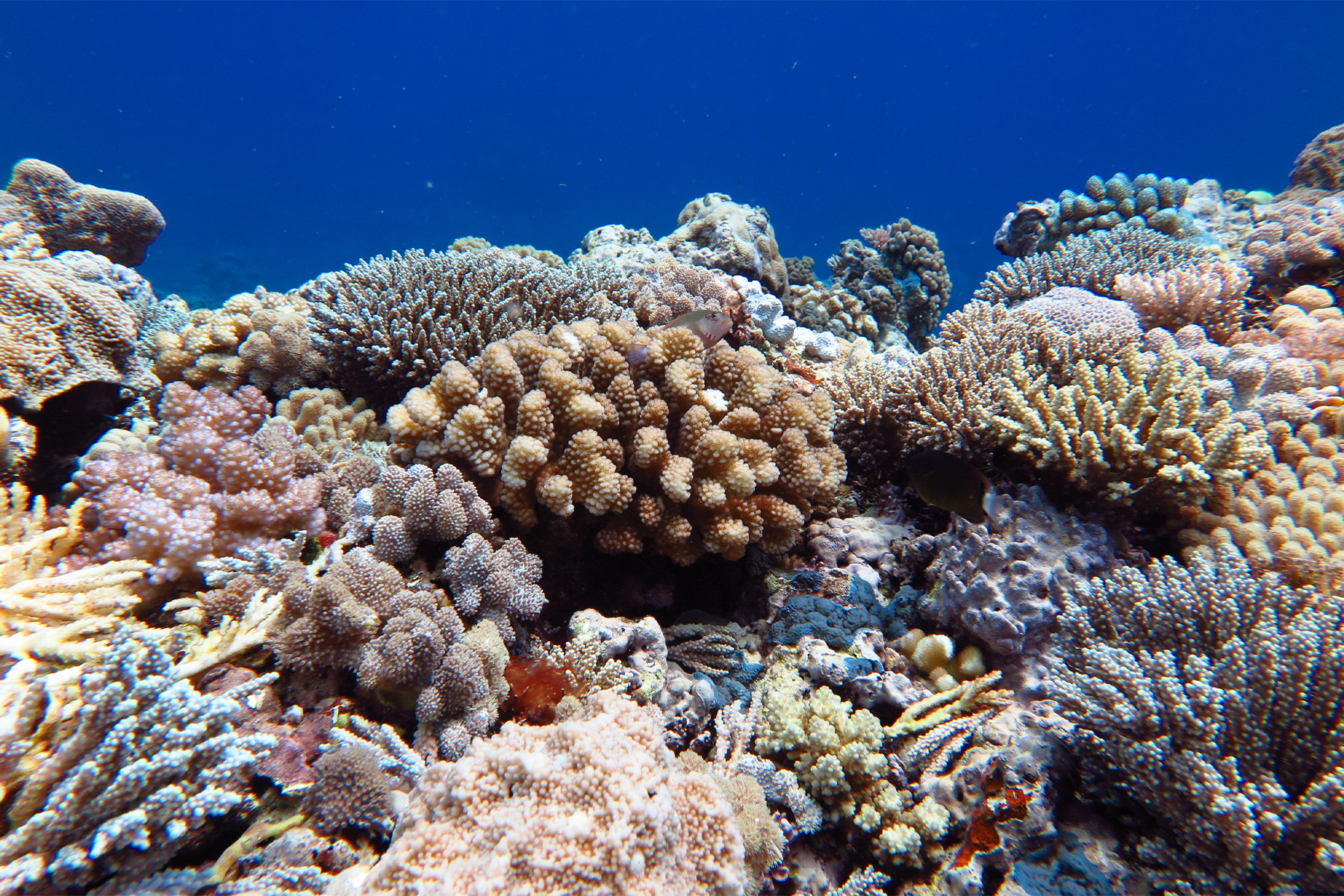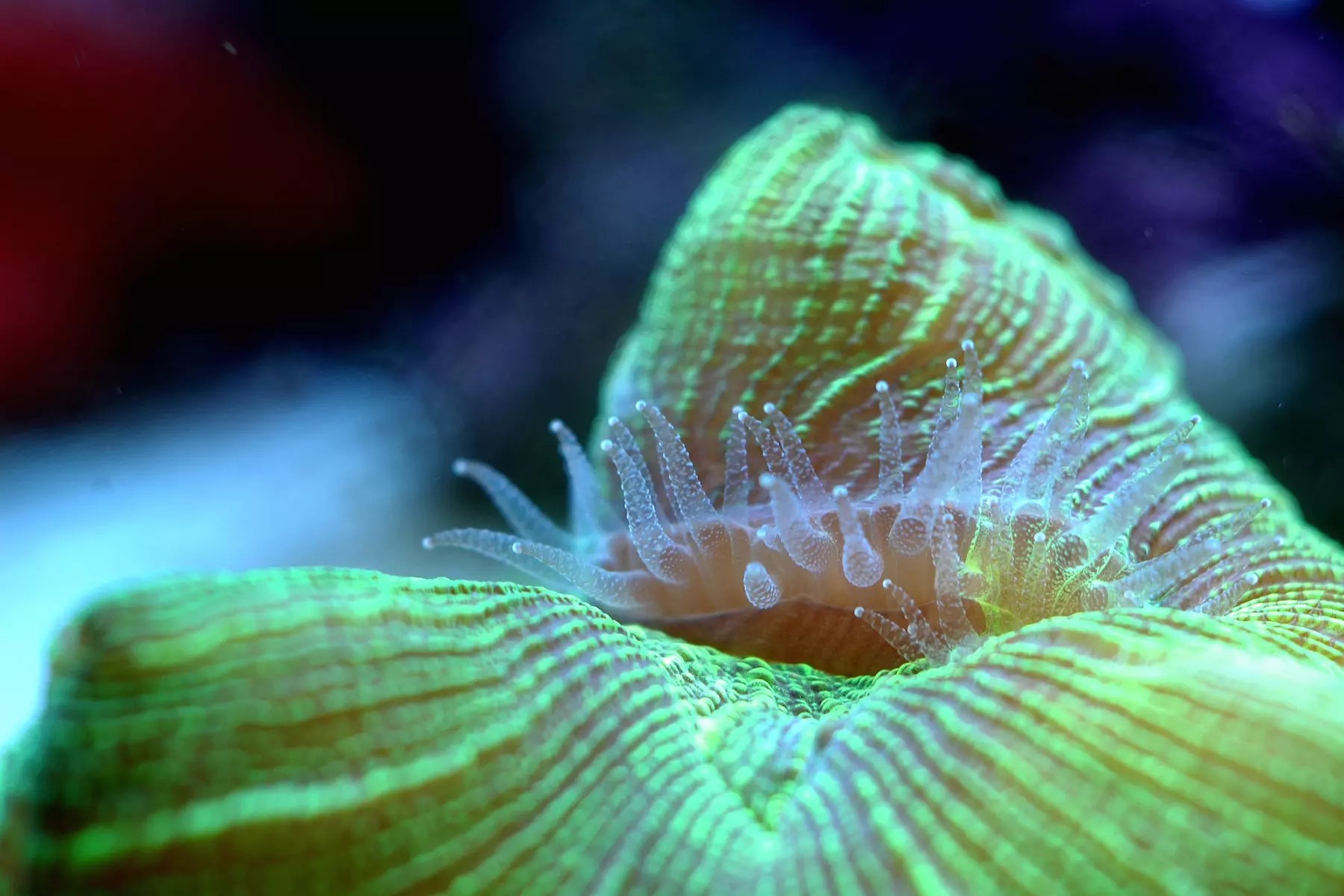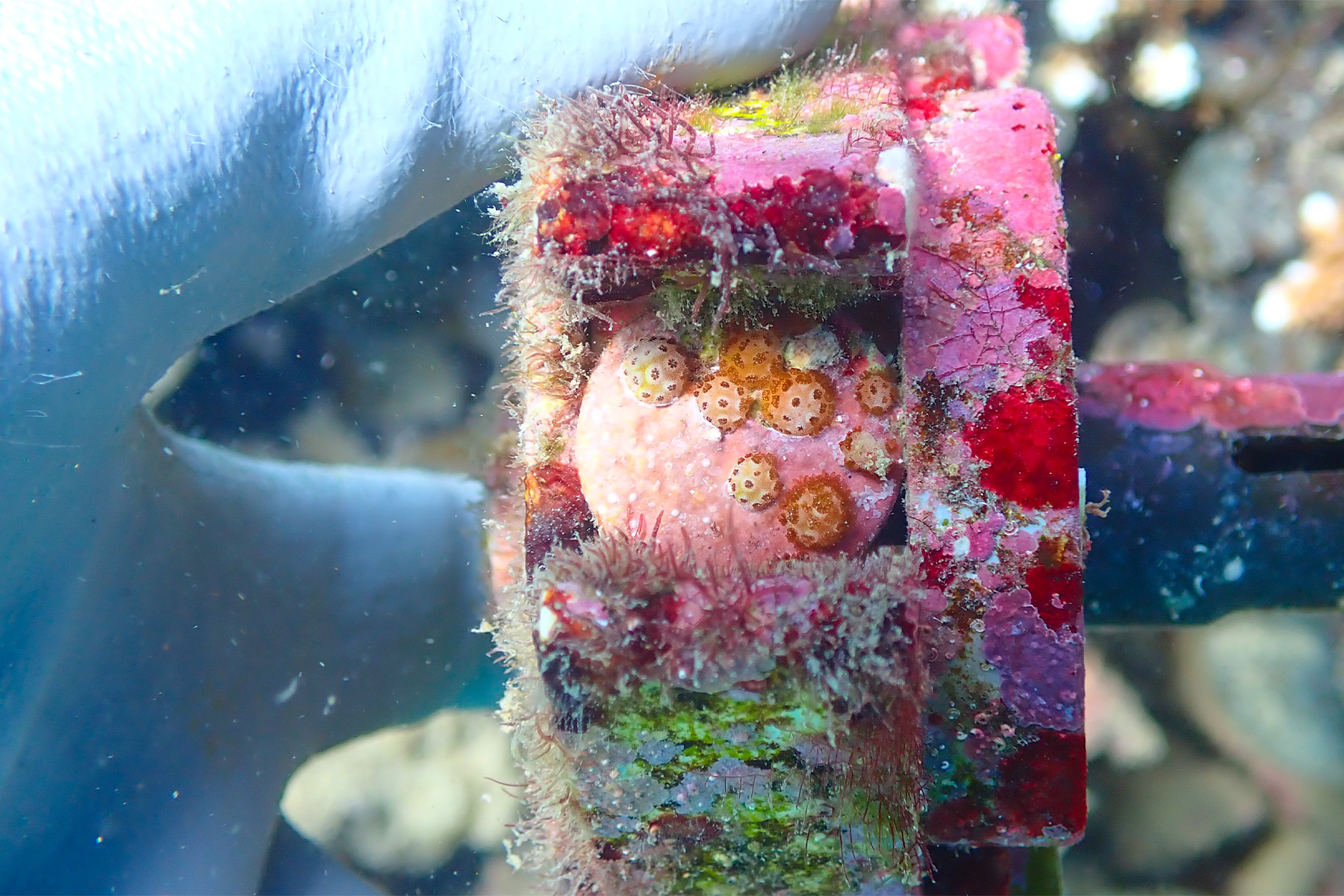
Environment
For coral, teamwork makes the dream work

Coral reef restoration needs a set of coral species with traits that, combined, underpin resilience, persistence, and ecosystem services
Published 14 July 2023
Coral reefs are complex ecosystems that are experiencing multiple threats to their biodiversity and future survival.
Reef restoration – the process of assisting the recovery of an ecosystem that has been degraded, damaged or destroyed – is a growing research field and industry, but with limited funding, conservation practitioners must prioritise investment in different management options, including reef restoration.
Decisions need to be made on which species, or sets of species, will be allocated these limited resources.

Coral reefs differ from other important marine ecosystems like kelp forests or oyster reefs, where the ecosystem engineers are represented by one or a few species. They are built by many species of coral as they lay down their calcium carbonate skeletons.
Dead coral skeletons (coral rubble) and other sediments are deposited on the sea floor and glued together by encrusting coralline algae, and in this way, the reef grows.

Environment
For coral, teamwork makes the dream work
The 3D structure that corals make provides a home to many other reef-dwelling creatures like fish, crustaceans and sponges that rely on, and help to maintain these reef ecosystems.
Restoring a reef that’s been destroyed by a storm or has died because of a summer heatwave is not as easy as re-introducing a single species. Sets of species need to be brought in, so they can support each other as they re-establish the reef ecosystem.
More than 400 stony coral species occur on the Great Barrier Reef (GBR), and if a re-introduction program only has funds to support 20 or 30 coral species, we need to focus on groups of species that give the most ecosystem bang for their buck.
Our recent paper, with lead author Dr Joshua Madin from the University of Hawaiʻi, is the result of an international workshop I organised, where we developed a two-pronged method to address this problem.

The traits of coral species and the functions and services they provide are poorly understood, so the first step of our method aims to maximise coral trait diversity rather than targeting specific properties.
This is important for hedging against the loss of certain ecosystem services, like the protection of coastlines against wave erosion, and supporting fisheries.
The second step is based on the ecological characteristics of corals that help us hedge against future species loss. This includes features like a large distribution range, high abundance and heat tolerance.

Sciences & Technology
The ‘Russian dolls’ of coral reefs
Restoration initiatives need to anticipate future ecosystem states. The hedging approach – the process of selecting species to balance added value to the ecosystem against the risk of future extinction – accommodates this requirement.
While the method can be applied to coral reefs around the world, our paper uses the GBR as a case study. We used seven traits across 396 GBR coral species:
growth rate – how fast the coral grows
corallite (the skeletal cup formed by a single coral polyp) width – a measure of the size of the units that form the coral animal
rugosity (small-scale surface variations, like wrinkles or corrugations) and branch spacing – which tells us the complexity of the coral form
surface area per volume – is the coral form round and bulbous or narrow and branch-like?
colony height
maximum colony size
skeletal density – the weight per size of the hard part of the coral

The aim is not to maximise each of these traits by targeting species with the fastest growth, biggest colony size, etc., but to maximise the variety of traits that are covered by the set of coral species on which we focus our restoration efforts – the ‘trait space’ is the total variation in a chosen suite of functional traits observed for corals.
Our approach results in a set of coral species that occupy a larger area of the coral trait space (in other words, provides a larger amount of trait diversity) than a random selection of species or using our second step – potential for ecological persistence – alone.

Environment
The great tree census of 2023
Interestingly, we found that selecting species based only on ecological persistence gave similar results to a random species selection, in terms of trait space occupancy.
This means that if we have a reef where no coral trait data exist, selecting a set of coral species randomly could be an acceptable approach when resources are limited.
Using this two-pronged method we demonstrated that the maximum return on investment sits at around 28 coral species. This can give us a trait space that covers around 90 per cent of the total diversity.
With this number of species, each species contributes significantly to the trait space meaning investment in each individual species is worthwhile. With fewer coral species in our set, we risk missing important traits, and with more species, the additional benefit wanes with each species added and the cost may no longer be worth the investment.

This new assessment method will allow us to improve existing restoration programs and give us a strong evidence base for allocating existing funding – and seeking further funding – in a way that maximises this investment and improves our chance of saving these precious and vulnerable habitats.
Banner: AIMS